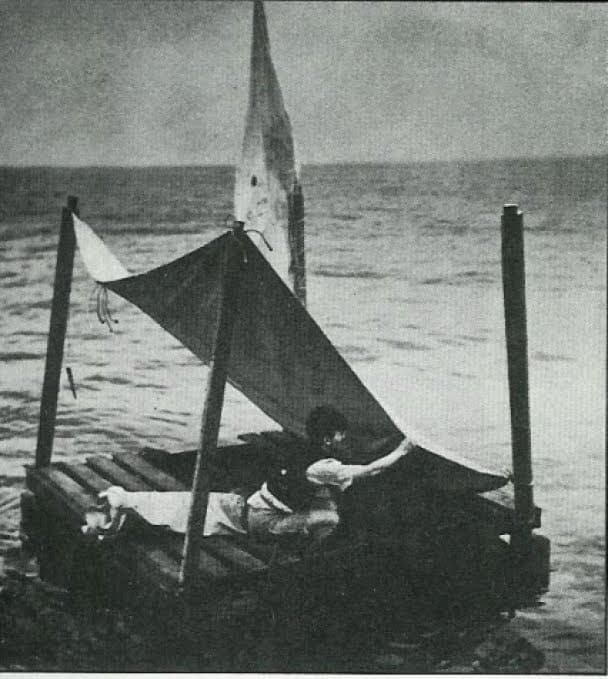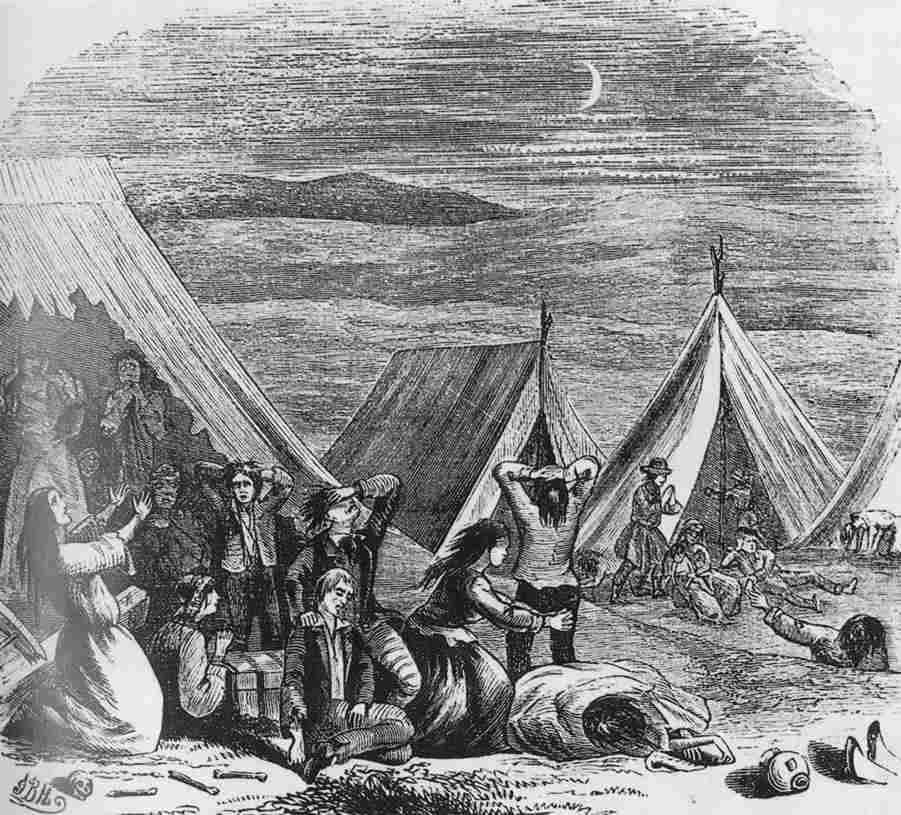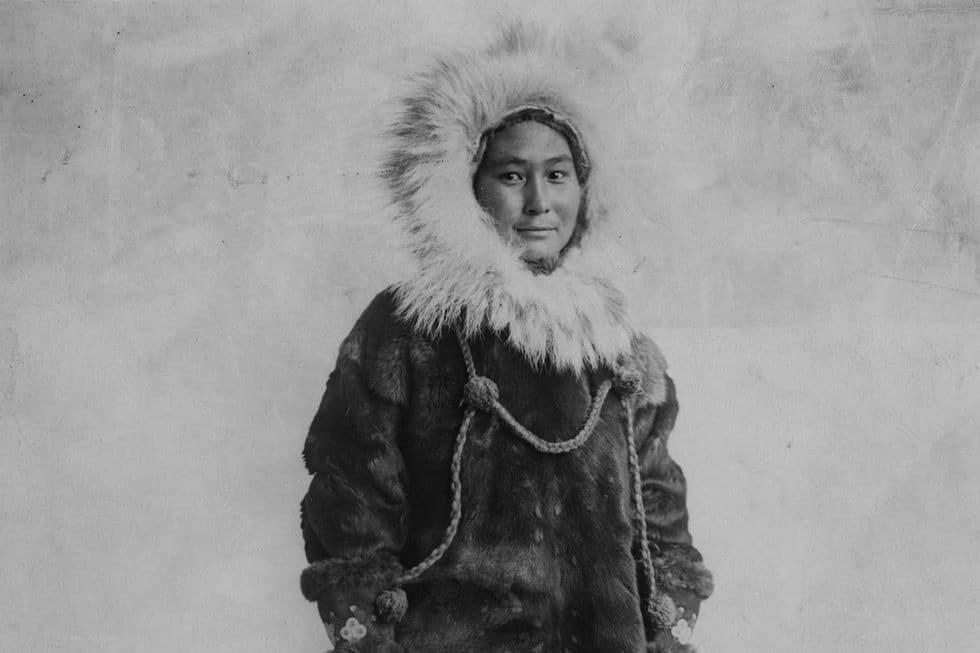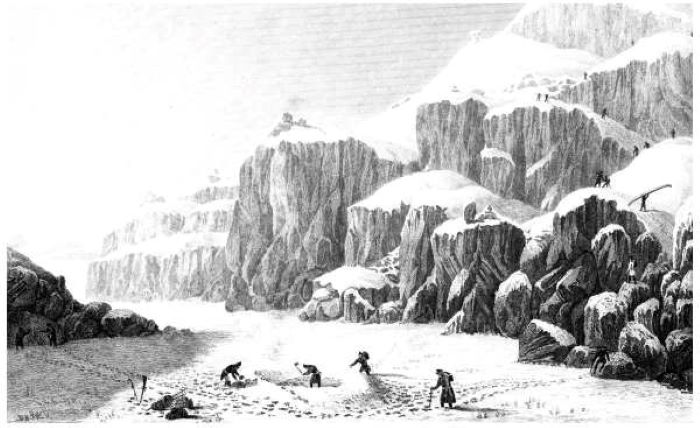6 Incredible Survival Stories: When Humans Triumph Over The Impossible
For most of us, the struggle for survival is a distant concept, safely experienced from the comfort of our homes.
Reading about expeditions gone awry, natural disasters, and shipwrecks provides a powerful glimpse into the extreme conditions faced by those who endure such harrowing experiences.
These remarkable stories not only captivate our imagination but also remind us of the incredible strength of the human spirit.
1. The Unbelievable Voyage of Poon Lim

Poon Lim, a Chinese sailor, holds the world record for the longest time spent adrift at sea. During World War II, Poon survived 133 days alone in the Atlantic Ocean. After his ship was torpedoed by a German U-boat, he managed to escape onto a life raft with limited supplies.
To survive, Poon crafted a makeshift fishing line, a knife from a biscuit tin, and a water still to distill saltwater. His ability to adapt was nothing short of extraordinary. He subsisted on fish, birds, and even sharks.
Poon faced extreme weather conditions and near-encounters with enemy submarines. Despite these challenges, he maintained his will to live.
Finally, in April 1942, three Brazilian fishermen rescued Lim. They found him nine nautical miles off the coast of Pará. He was so weak and had lost 20 pounds that the fishermen had to help him off the raft.
2. The Donner Party’s Gruesome Ordeal

In 1846, this group of American pioneers set out for California, seeking new opportunities and a better life.
However, their journey took a tragic turn when they became trapped by heavy snowfall in the Sierra Nevada Mountains. Facing severe food shortages, they resorted to desperate measures, including cannibalism, to stay alive.
Of the 87 people in the Donner Party, only 48 survived the ordeal. For five grueling months, they endured the frigid wilderness and battled not only the harsh elements but also the psychological torment of their situation.
Rescue parties eventually reached the survivors, but the harrowing experiences they endured left a lasting impact.
3. Ada Blackjack’s Solo Arctic Odyssey
Ada Blackjack, an Inupiat woman, became the sole survivor of a failed Arctic expedition in the early 1920s. She joined a team of four men on a mission to claim Wrangel Island for Canada despite having no wilderness experience.
Ada was employed as the cook and seamstress for the group. The expedition quickly turned perilous due to severe weather, inadequate supplies, and the disappearance of their relief party.
As the situation grew dire, the men decided to leave Ada behind while they went in search of help. Tragically, they never returned.

Left to fend for herself in the harsh Arctic environment, Ada had to quickly learn survival skills. She adapted to the brutal conditions, learning to hunt and endure the severe cold.
For nearly two years, she faced the relentless challenges of the Arctic alone. In August 1923, a rescue ship finally reached Wrangel Island, finding Ada alive.
Despite her survival, Ada did not receive a hero’s welcome. Instead, she was criticized for not saving the life of her male crewmate.
However, the crewmate’s family eventually vindicated her, acknowledging that she had done everything possible to save him.
Sadly, she spent the rest of her life in poverty before passing away in 1983. Her incredible tale of survival against all odds remains an inspiring chapter in history.
4. The Shackleton Expedition
In 1914, Sir Ernest Shackleton embarked on a perilous Antarctic expedition to cross Antarctica on foot.
However, before they could even reach the continent, their ship, the Endurance, became trapped and eventually crushed by sea ice in the Weddell Sea. Stranded with no means of communication or hope for rescue, the crew faced nearly two years of isolation and extreme conditions.
For almost a year, the men lived aboard the Endurance as it was slowly destroyed by the ice. Once the ship was uninhabitable, they were forced onto the frozen sea. They then made their way to Elephant Island, a desolate and uninhabited spot beyond the Antarctic Peninsula.

With supplies dwindling and no hope of rescue, Shackleton decided to attempt a daring journey to seek help. He and five crew members took the largest lifeboat, the James Caird, and embarked on an 800-mile voyage across the most treacherous seas to South Georgia Island.
The crew faced icebergs, enormous swells, and gale-force winds, with icy seawater constantly pummeling them. They lacked waterproof clothing and had to bail water continuously to stay afloat, barely sleeping or eating for two weeks.
Upon reaching South Georgia Island, Shackleton and two others discovered they had landed on the wrong side of the island. They then had to traverse over glacier-covered mountains to reach a whaling station.
After weeks of effort and multiple attempts, Shackleton finally secured a rescue ship. Remarkably, he returned to Elephant Island to find that all 28 crew members had survived.
5. Sir John Franklin’s Disastrous Coppermine Expedition
In Great Britain’s quest to discover the Northwest Passage, the Admiralty launched a bare-bones expedition to find an overland route through northern Canada. Sir John Franklin was assigned the task of charting the Coppermine River from Great Slave Lake to the Arctic Ocean.
The team included naval surgeon John Richardson, midshipmen George Back and Robert Hood, seaman John Hepburn, and about two dozen Canadian voyageurs, along with First Nations guides and hunters.

The journey was fraught with misfortune from the start. Lt. Back missed the initial departure but joined the group at the next port. Once in Canada, their progress was severely hampered by terrible weather, scarcity of food, and extreme exhaustion.
They were forced to lichen scraped off rocks, and Franklin even boiled his shoe leather for sustenance, earning him the grim nickname “The Man Who Ate His Boots.”
The situation deteriorated further as weaker members lagged behind. When Franklin advanced to a deserted fort, Richardson and Hood discovered a shocking betrayal: a voyageur had been consuming the bodies of fallen comrades.
This led to a tragic confrontation where Hood was murdered, and Richardson shot the voyageur to protect himself and Hepburn. Meanwhile, Franklin and the remaining party awaited their grim fate at the fort.
In a twist of fate, Back returned after an arduous 1,500-mile journey on foot with the First Nations hunters. Their arrival brought hope and relief, allowing the survivors to recover.
Of the original 19 members, only eight survived, including Franklin, who later achieved greater notoriety for his expeditions.
6. Douglas Mawson’s Antarctic Trek
Australian explorer Douglas Mawson’s Far Eastern Sledge Party faced a series of disasters during their Antarctic expedition, which began in November 1912.
Mawson, along with Swiss adventurer Xavier Mertz and British army lieutenant Belgrave Ninnis, set out to explore 500 miles of terrain east of their main camp at Cape Denison.
Their journey was plagued by fierce winds and treacherous ice conditions. After covering 311 miles, tragedy struck when Ninnis and six dogs fell into a deep crevasse, losing much of their food and equipment with them.

This forced Mawson and Mertz to turn back immediately. With limited resources, they had to resort to dogs for food, and while they reserved the best meat for themselves, they fed the rest to their surviving dogs.
Unfortunately, both men suffered from Vitamin A poisoning from consuming the dogs’ livers. Mawson’s skin peeled off in sheets, and Mertz died on January 8.
In February 1913, Mawson, frostbitten and emaciated, managed to return to base after a grueling 30-day solo trek across glaciers. Despite the harrowing ordeal, the Australasian Antarctic Expedition was deemed a success in terms of its scientific and technical achievements.
Mawson’s remarkable endurance earned him national hero status, and in 1984, his face was honored on the Australian 100-dollar banknote.

